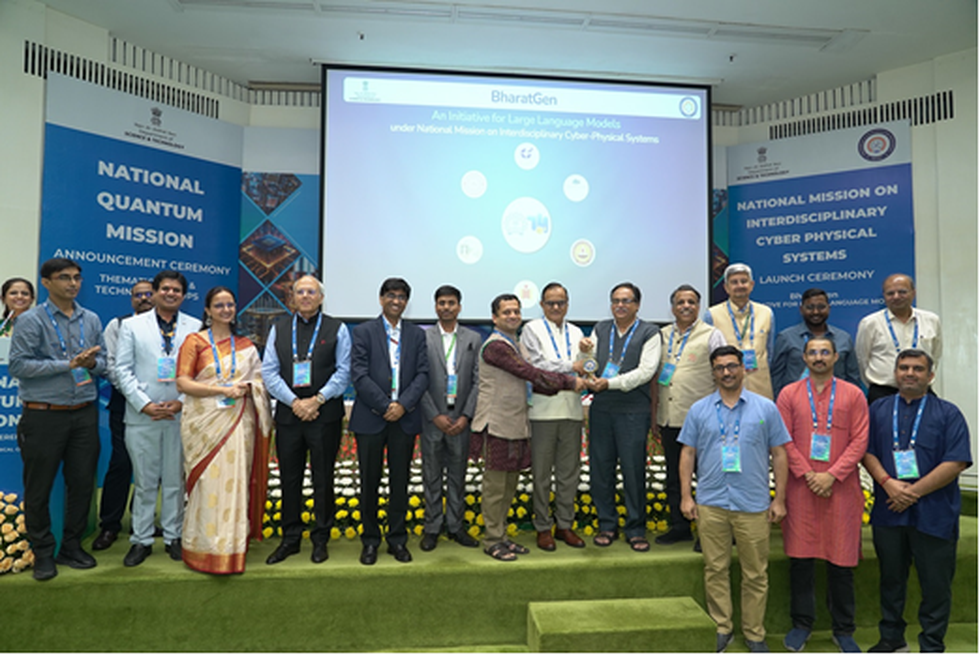
About BharatGen:
- It is an initiative which will create generative AI systems that can generate high-quality text and multimodal content in various Indian languages.
- It is the first Government-supported Multimodal Large Language Model Initiative.
- It is implemented by IIT Bombay under the National Mission on Interdisciplinary Cyber-Physical Systems (NM-ICPS).
- Features of BharatGen
- The multilingual and multimodal nature of foundation models;
- Bhartiya data set-based building, and training;
- Open-source platform development of an ecosystem of generative AI research in the country.
- The project is expected to be completed in two years along with plans to benefit several government, private, educational, and research institutions.
What is Multimodal Large Language Model?
- It is designed to process and generate multiple modalities, including text, images, and sometimes audio and video.
- These models are trained on large datasets containing text and image data, allowing them to learn the relationships between different modalities.
- They can be used in many ways, including image captioning, visual question answering, and content recommendation systems that use text and image data to provide personalized recommendations.
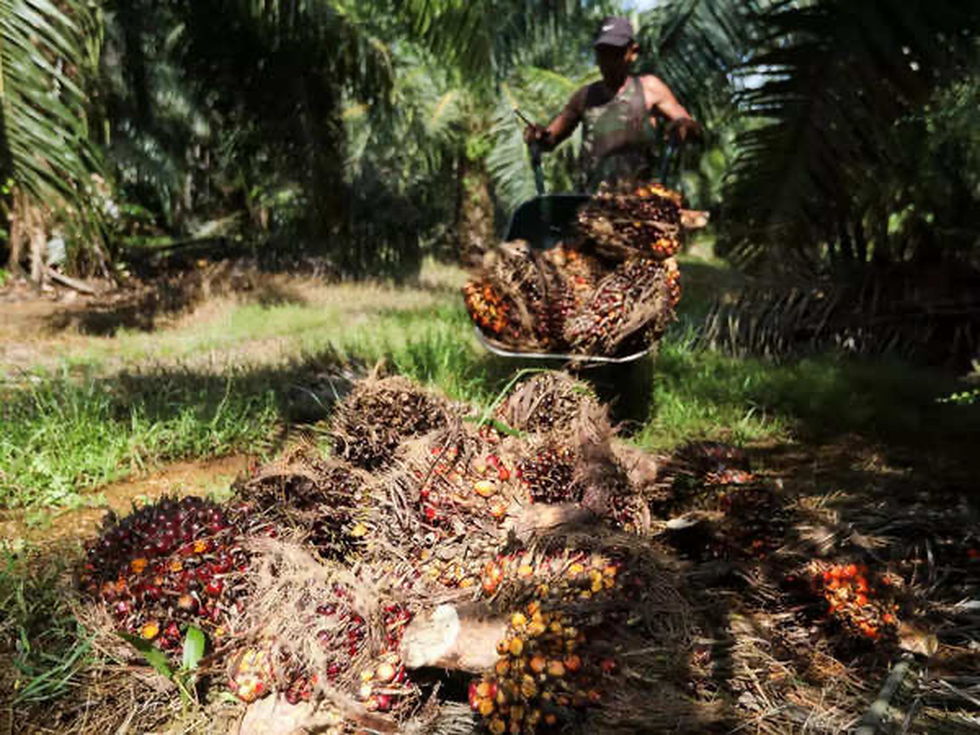
About National Mission for Edible Oils - Oil Palm (NMEO-OP):
- Launched by the Government of India in August 2021, NMEO-OP targets a substantial increase in oil palm cultivation and crude palm oil production.
- It is a Centrally Sponsored Scheme with a special focus on the Northeast region and the Andaman and Nicobar Islands, with a focus on increasing the area and productivity of oilseeds and Oil Palm.
- Scheme Outlay: A financial outlay of Rs. 11,040 crores have been made for the scheme, out of which Rs. 8,844 crore is the Government of India share and Rs. 2,196 crore is the State share, and this includes the viability gap funding also.
- Targets:
- To increase the area of oil palm to 10 lakh hectares from 3.5 lakh ha during 2019-20 by 2025-26 (an additional 6.50 lakh ha).
- To increase the Crude Palm Oil production from 0.27 lakh tonnes during 2019-20 to 11.20 lakh tonnes by 2025-26.
- Increase consumer awareness to maintain a consumption level of 19.00 kg/person/annum till 2025-26.
- The State Department of Agriculture, State Department of Horticulture, Central University, ICAR-Institutions, CDDs, SAUs, KVKs, Central Agencies/Cooperatives, Oil palm processors/ Associations, DD Kisan, AIR, DD, TV channels will be the implementing stakeholders of the NMEO-Oil palm.
- Features: The salient features of NMEO-OP include assistance for planting material, inputs for intercropping up to a gestation period of 4 years and for maintenance, the establishment of seed gardens, nurseries, micro irrigation, bore well/pump set/water harvesting structure, vermicompost units, solar pumps, harvesting tools, custom hiring centre cum harvester Groups, farmers and officers training, and for replanting of old oil palm gardens, etc.
3. Five-Hundred Aperture Spherical Telescope (FAST)
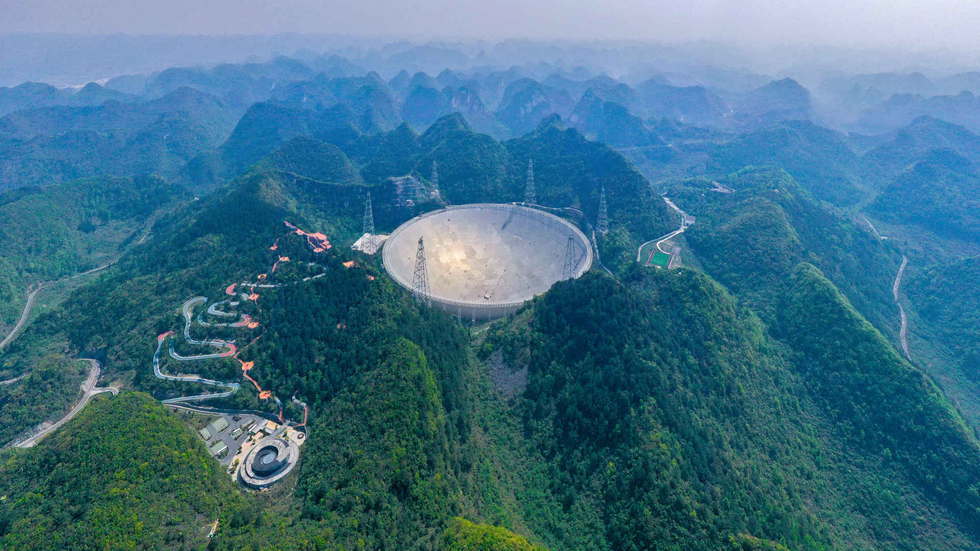
About Five-Hundred Aperture Spherical Telescope (FAST):
- It is a radio telescope in China's Guizhou Province.
- It is the world's largest and most sensitive radio telescope, with a receiving area equivalent to 30 football fields.
- It measures 500 meters in diameter.
- Scientific Goals:
- Detect neutral hydrogen at the edge of the universe; reconstruct the images of the early universe;
- Discover pulsars, establish a pulsar timing array, and participate in pulsar navigation and gravitational wave detection in the future;
- Join the International Very-Long-Baseline Interferometry Network to obtain hyperfine structures of celestial bodies;
- Perform high-resolution radio spectral survey;
- Detect weak space signals;
- Participate in the search for extraterrestrial intelligence.
- FAST uses a data system developed at ICRAR (International Center for Radio Astronomy) in Perth, Australia, and at ESO (European Southern Observatory) to manage the huge amounts of data it generates.
4. What is Alzheimer's Disease?

About Alzheimer's Disease:
- It is a brain condition that causes a progressive decline in memory, thinking, learning, and organizing skills.
- It is the most common type of dementia, accounting for 60-80% of all dementia cases.
- It involves parts of the brain that control thought, memory, and language.
- It can seriously affect a person’s ability to carry out daily activities.
- The condition usually affects people aged 65 years and over, with only 10% of cases occurring in people younger than this.
- Cause: The exact cause of Alzheimer's disease is not fully understood, but it is believed to be influenced by a combination of genetic, environmental and lifestyle factors.
- Symptoms:
- The early signs of the disease include forgetting recent events or conversations.
- Over time, it progresses to serious memory problems and loss of the ability to perform everyday tasks.
- Treatment: There’s no cure for Alzheimer’s, but certain medications and therapies can help manage symptoms temporarily.
5. Kuno National Park
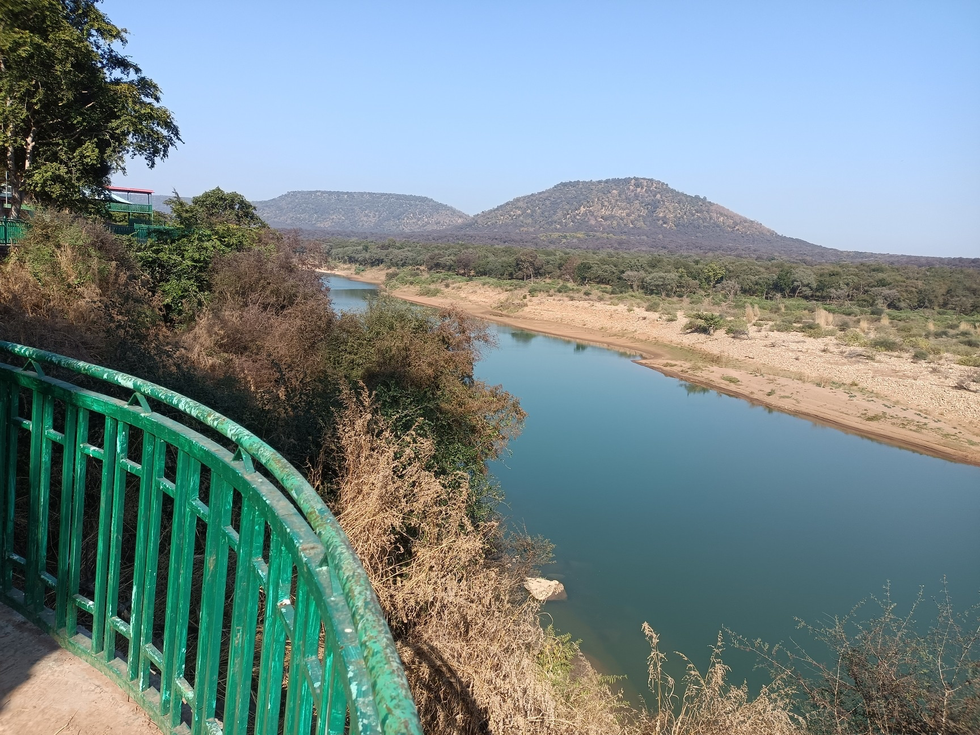
About Kuno National Park:
- Location:
- It is located in the Sheopur district in Madhya Pradesh.
- It is nestled near the Vindhyan Hills.
- It is named after the Kuno River (One of the main tributaries of the Chambal River) that cuts across it.
- Initially established as a wildlife sanctuary, it was only in 2018 that the government changed its status into a national park.
- Kuno National Park was selected under ‘Action Plan for Introduction of Cheetah in India’.
- Vegetation: Kuno is primarily a grassland region, though a few rocky outcrops are found here too.
- Flora: Kardhai, Salai, and Khair trees dominate the forested area of Kuno National Park, which is mostly mixed forest.
- Fauna: The protected area of the forest is home to the jungle cat, Indian leopard, sloth bear, Indian wolf, striped hyena, golden jackal, Bengal fox, and dhole, along with more than 120 bird species.
6. Swallowtail butterflies
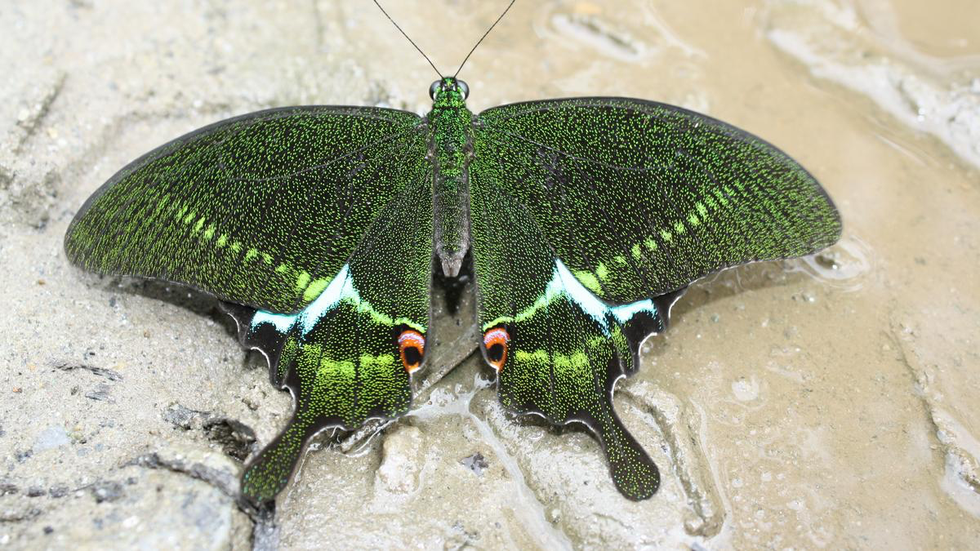
About Swallowtail butterflies:
- These are a group of butterflies in the family Papilionidae (order Lepidoptera).
- Appearance: They are named for the characteristic tail-like extensions of the hindwings, although many species are tailless.
- Distribution: The swallowtail butterflies (Papilio) are found worldwide except in the Arctic.
- India hosts 77 of the 573 swallowtail butterfly species recorded across the world so far.
- Many swallowtails mimic the coloration and patterns of butterflies that are protected by bad taste.
- Threats: Illegal cattle farming within the protected areas, agriculture and tea cultivation near the habitats, illegal tree felling and pesticide use are among the crucial factors contributing to the decline in the number of these Swallowtail butterflies.
- Ecological Importance of Butterflies: These are valuable indicators of the environment, whose health can influence their presence, abundance, and diversity.
7. Anna DARPAN Project

About Anna DARPAN Project:
- The project aims to streamline and enhance the supply chain management system at various levels.
- This system will be designed to improve efficiency and productivity by creating an interactive and user-friendly UI design.
- It will also enable data-driven decision-making by leveraging data analytics to support strategic and operational decisions. The system will be integrated with internal and external systems, and a mobile-first approach will be prioritized to ensure that it is accessible anytime, anywhere.
- As part of the project, Coforge will be responsible for the end-to-end design, development, implementation, and maintenance of the Anna DARPAN system.
- The development team will leverage the latest technology and a state-of-the-art IT environment to build a cloud-based platform for hosting the system.
- It will be powered by a service mesh architecture, which will facilitate seamless communication among microservices.
- In the requirement gathering, analysis, and documentation phase of the project, Coforge will have extensive visibility into FCI’s operations, including a deep understanding of its requirements, existing process flows, and potential integration opportunities with current FCI-related applications.
8. Jal Hi AMRIT Programme

About Jal Hi AMRIT Programme:
- It was launched under the AMRUT 2.0 scheme.
- Under this initiative, it is envisaged to incentivise State & UTs to manage the used water (sewage) treatment plants (UWTPs/ STPs) efficiently to ensure recyclable good quality treated water, meeting environmental standards, on a sustained basis.
- The purpose of the exercise is to build competition among the cities, develop capacities and incentivise them to attain the best quality of used treated water at the treatment facilities.
- The main focus is thus on capacity building & incentivizing qualitative improvements in the treated discharge effluent.
- A mid-course assessment and water quality testing will be conducted, culminating in a final assessment & award of Clean Water Credits in terms of a Star-rating (between 3 stars to 5 stars) certificate valid for six months.
Key facts about AMRUT 2.0 scheme
- It was launched for a period of five years, from the financial year 2021-22 to the financial year 2025-26.
- It is designed to provide universal coverage of water supply through functional taps to all households in all the statutory towns in the country and coverage of sewerage/septage management in 500 cities covered in the first phase of the AMRUT scheme.
- AMRUT 2.0 will promote a circular economy of water by developing the City Water Balance Plan (CWBP) for each city, focusing on recycling/reusing treated sewage, rejuvenating water bodies, and water conservation.
8. Mudumalai Tiger Reserve
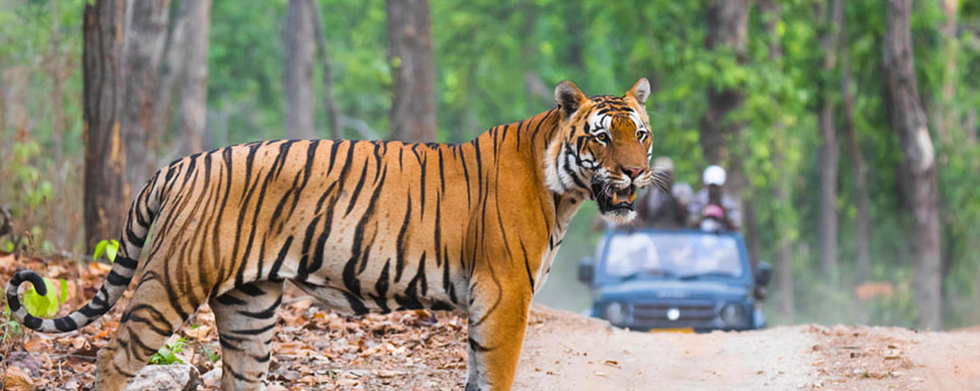
About Mudumalai Tiger Reserve:
- Location: It is located in the Nilgiris District of Tamil Nadu state at the tri-junction of three states, viz, Karnataka, Kerala and Tamil Nadu.
- The name Mudumalai means the ancient hill range because it is as old as 65 million years when the Western Ghats were formed.
- It has a common boundary with Wayanad Wildlife Sanctuary (Kerala) on the West, and Bandipur Tiger Reserve (Karnataka) on the North.
- The Theppakadu elephant camp is a popular tourist attraction.
- Vegetation: A variety of habitats ranging from tropical evergreen forest, moist deciduous forest, moist teak forest, dry teak forest, secondary grasslands and swamps are found here.
- Flora: The Reserve has tall grasses, commonly referred to as “Elephant Grass”, Bamboo of the giant variety, valuable timber species like Teak, Rosewood, etc.
- Fauna: Elephants, Gaur, Tiger, Panther, Spotted Deer, Barking Deer, Wild Boar, Porcupine etc.
Highlights of the Survey
- Two critically endangered species of amphibians, Micrixalus spelunca, commonly known as the cave dancing frog, and Nyctibatrachus indraneili, the Indraneil’s Night Frog were found here.
- Other Endangered species of amphibians like the endemic Star-eyed Bush Frog, Nilgiri Bush Frog and Nilgiris wart frog were also found.


























































































































































.png)
.png)
.png)
.png)
.png)


.png)
.png)
.png)





.png)
.png)






.png)
.png)
.png)
.png)
.png)
.png)
.png)
.png)
.png)

.png)







.png)
.png)


.png)
.png)
.png)


.png)

.png)
.png)





.jpg)

.png)
.png)


.png)

.png)
.png)
.png)

.jpg)

.jpg)


.png)

.png)
.png)
.png)
.png)
.png)
.png)
.png)
.png)
.png)
.png)




.png)

.png)





.png)
.png)
.png)
.png)
.png)
.png)
.png)
.png)
.png)
.png)
.jpg)
.jpg)

.png)
.png)
.png)
.png)
.png)
.png)
.png)
.png)
.png)
.png)
.png)
.png)
.png)
.png)
.png)
.png)
.png)
.png)
.png)
.png)
.png)
.png)



.png)
.png)

.jpg)
.jpg)


.jpg)
.jpg)
.jpg)
.jpg)
.jpg)

.jpg)








.jpg)
.jpg)
.jpg)
.jpg)
.jpg)

















.jpg)
.jpg)







.jpg)


















.jpg)
.jpg)






























































































.jpg)
.jpg)


























.jpg)

.jpg)










.jpg)








.jpg)




.jpg)










.jpg)


















.jpg)












































.jpg)














.jpg)
.jpg)
.jpg)





.jpg)

.jpg)
.jpg)





































































.jpg)


































.jpg)
.jpg)
















































.jpg)












.jpg)


.jpg)




.jpg)
.jpg)
.jpg)

.jpg)
.jpg)
.jpg)
.jpg)

.jpg)
.jpg)
.jpg)

.jpg)
.jpg)
.jpg)
.jpg)
.jpg)
.jpg)
.jpg)
.jpg)

.jpg)


.jpg)
.jpg)
.jpg)
.jpg)
.jpg)
.jpg)
.jpg)
.jpg)
.jpg)
.jpg)











.jpg)
.jpg)





.jpg)
.jpg)
.jpg)
























.jpg)
























.jpg)









.jpg)
.jpg)







.jpg)
.jpg)









































.jpg)
.jpg)
.jpg)
.jpg)
.jpg)

.jpg)
.jpg)
.jpg)
.jpg)
.jpg)


.jpg)
.jpg)
.jpg)
.jpg)
.jpg)

.jpg)
.jpg)
.jpg)
.jpg)
.jpg)
.jpg)
.jpg)
.jpg)
.jpg)
.jpg)
.png)

.png)
.png)

.png)
.png)
.png)
.png)


.jpg)
.jpg)

.jpg)
.jpg)
.jpg)

.png)
.png)
.png)
.png)
.png)
.png)
.png)

.png)
.png)
.png)
.png)
.png)
.png)
.png)
.png)
.png)
.png)





































































-min.png)



.png)




.png)








































